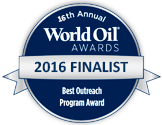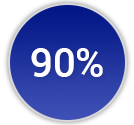-
Corporate

Corporate Solutions

The digital learning ecosystem An efficient management approach to capability development, delivering smarter teams, improved productivity and better business outcome for the managers.

Bridging industry with academia An immersive and collaborative learning experience event, using OilSim simulator, providing highly relevant industry knowledge and soft skills.
-
Individual

Individual Solutions

The digital learning ecosystem Digitally and seamlessly connecting you, the learner, with pertinent learning objects and related technologies ensuring systematic, engaging and continued learning.
RecognitionsIndustry and client recognition
Best Outreach Program Finalist: WorldOil Awards
Overall Customer Satisfaction Score
Training provider of the year: 2013, 14 and 15
-
Courses
Industry Group
-
About

About NExT

The digital learning ecosystem Digitally and seamlessly connecting you, the learner, with pertinent learning objects and related technologies ensuring systematic, engaging and continued learning.
Contact UsWe’re here to help!
Ask a question or leave a
comment using our Contact Us
form.





